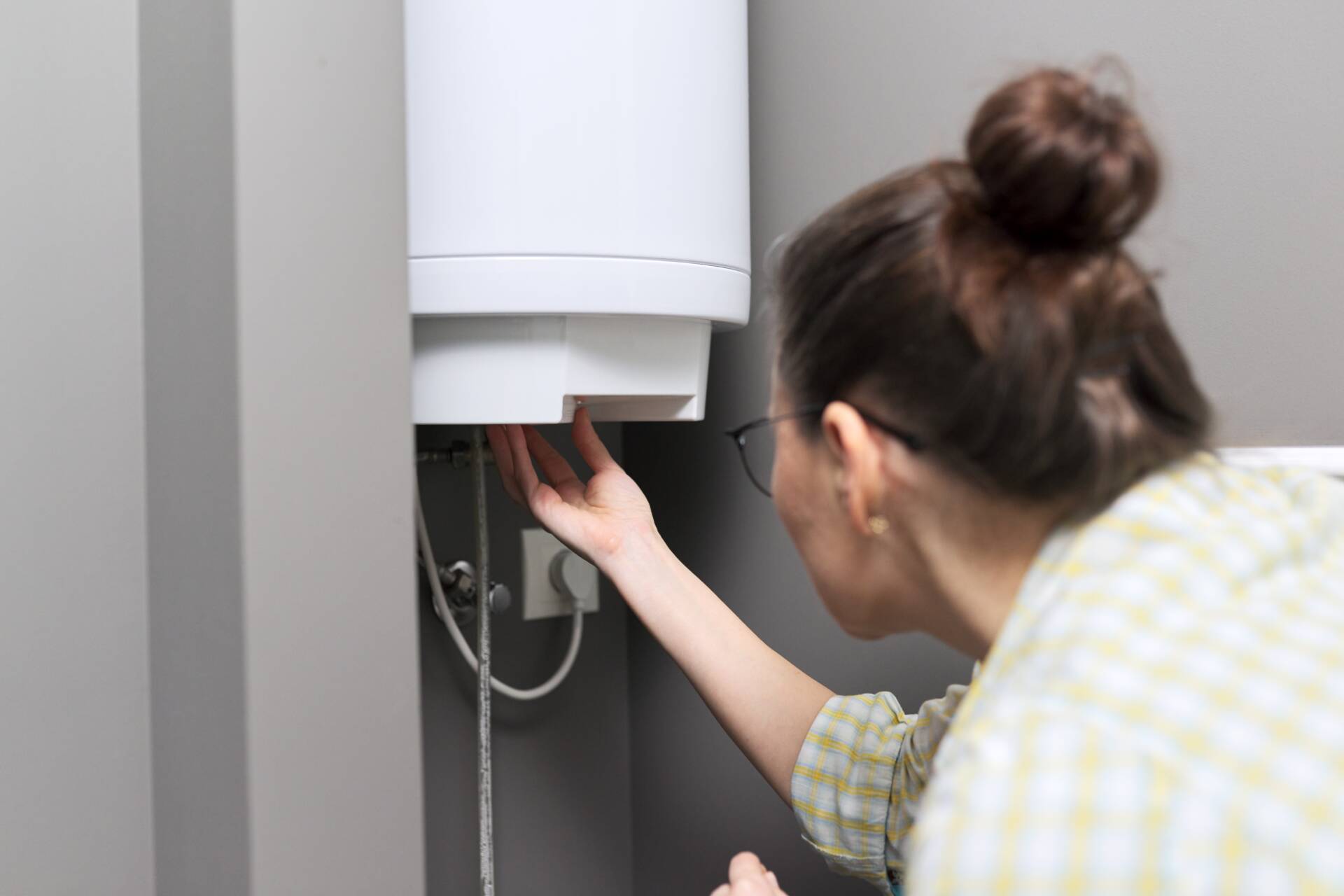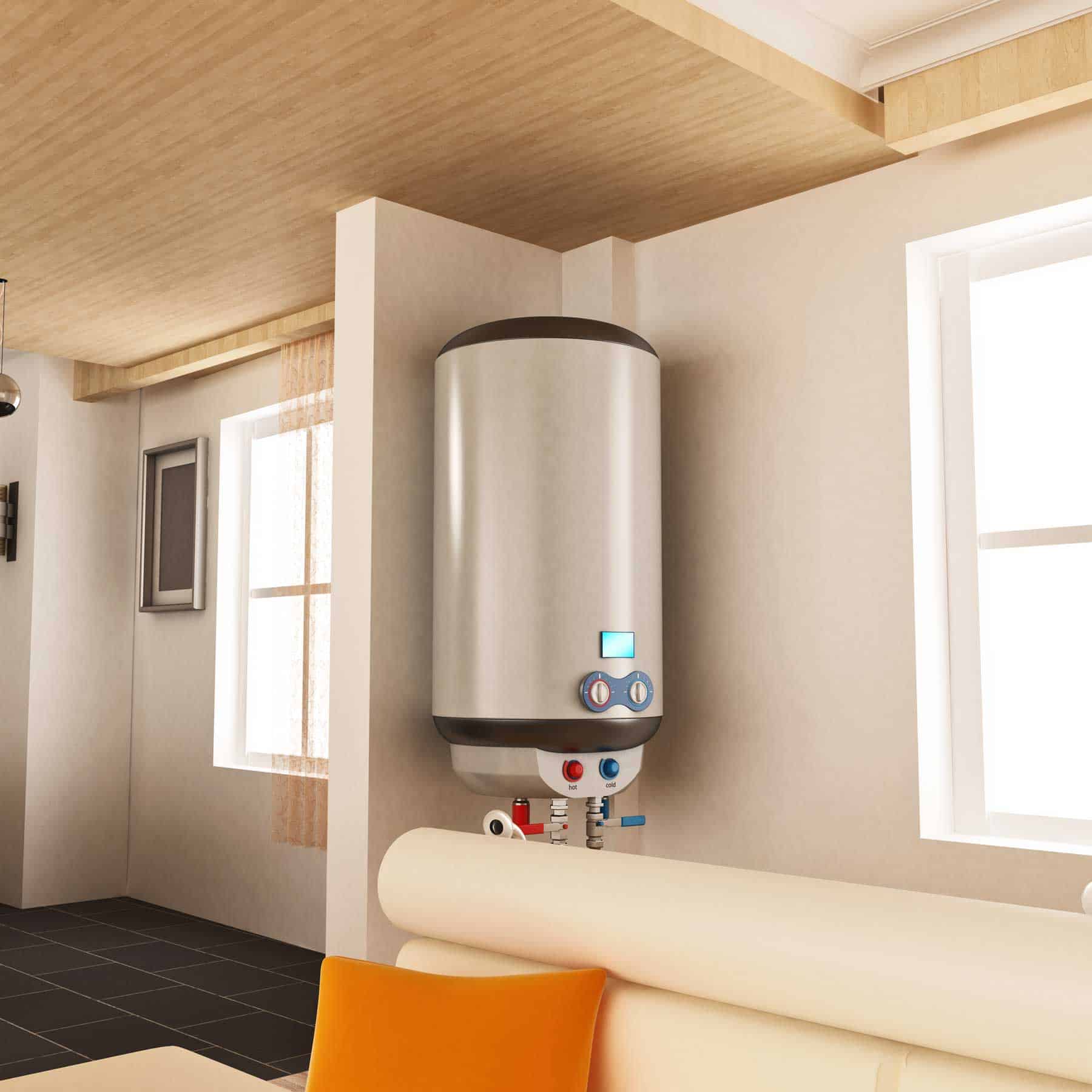This article on the next paragraphs pertaining to Water Heater Maintenance Tips You Can't Afford to Forget is rather enlightening. You should take a peek.

Hot water is necessary for daily comfort, whether it's for a rejuvenating shower or cleaning dishes. To ensure your hot water system runs efficiently and lasts longer, routine upkeep is vital. This article offers functional pointers and insights on exactly how to preserve your home's warm water system to stay clear of disturbances and costly repair work.
Intro
Keeping your home's warm water system might seem complicated, but with a few basic steps, you can ensure it runs efficiently for years to find. This guide covers whatever from understanding your warm water system to do it yourself upkeep tips and knowing when to hire expert assistance.
Significance of Keeping Your Warm Water System
Normal upkeep not just prolongs the life expectancy of your hot water system however additionally guarantees it runs successfully. Disregarding maintenance can result in reduced effectiveness, greater power expenses, and even premature failure of the system.
Indications Your Warm Water System Demands Maintenance
Recognizing when your warm water system requires focus can prevent major problems. Watch out for signs such as inconsistent water temperature level, odd sounds from the heater, or rustic water.
Purging the Hot Water Heater
Purging your water heater eliminates sediment buildup, boosting efficiency and lengthening its life.
Checking and Replacing Anode Rods
Anode rods protect against deterioration inside the storage tank. Examining and changing them when worn is essential.
Complicated Issues Calling For Expert Help
Instances include major leaks, electrical troubles, or if your water heater is consistently underperforming.
Regular Specialist Maintenance Conveniences
Expert maintenance can consist of complete assessments, tune-ups, and making sure compliance with safety and security requirements.
Examining and Adjusting Temperature Level Settings
Changing the temperature setups makes sure ideal efficiency and safety and security.
Do It Yourself Tips for Maintenance
You can carry out numerous upkeep jobs on your own to keep your warm water system in top problem.
Checking for Leakages
On a regular basis evaluate pipes and links for leaks, as these can bring about water damage and greater bills.
Comprehending Your Warm Water System
Before diving right into maintenance jobs, it's helpful to comprehend the basic elements of your warm water system. Commonly, this includes the water heater itself, pipelines, anode rods, and temperature level controls.
Regular Monthly Upkeep Tasks
Routine regular monthly checks can assist capture minor problems prior to they rise.
Evaluating Pressure Relief Valves
Evaluating the stress relief valve guarantees it operates correctly and stops excessive pressure build-up.
Insulating Pipes
Protecting hot water pipelines lowers warmth loss and can conserve power.
When to Call a Specialist
While DIY maintenance is beneficial, some issues require specialist knowledge.
Conclusion
Regular maintenance of your home's hot water system is necessary for performance, durability, and expense financial savings. By adhering to these pointers and knowing when to seek expert aid, you can guarantee a reliable supply of warm water without unanticipated disruptions.
Water Heater Maintenance Tips
Test the TPR Valve
Shut off the power and the cold-water supply valve. Place a bucket under the pipe connected to the temperature-pressure-release (TPR) valve on the top or side of the tank. (This valve opens if the tank pressure gets too high.) Lift the valve’s tab to let some water out, then let go. If water keeps flowing, drain the tank partway, unscrew the old valve with a pipe wrench, and install a new one. Check the Anode Rod
Put a hose to the tank’s drain cock and let out a few gallons of water. Now fit a 1 1/16-inch socket onto the rod’s hex head on top of the heater (or under its top plate) and unscrew the rod. If it’s less than ½ inch thick or coated with calcium, buy a new one, wrap its threads with Teflon tape, put it back in the tank, and tighten securely. Use this segmented rod if headroom above the tank is limited. Drain the Tank and Wash Out Sediment
Drain the remaining water in the tank into the bucket, then stir up the sediment on the tank’s bottom by briefly opening the cold-water supply valve. Drain and repeat until clean water comes out of the hose. Close the drain cock, refill the tank, and turn its power back on. Adjust the Temperature
Find the temperature dial on the side of the tank and unscrew its cover. Adjust the dial to 120 degrees using a flathead screwdriver. For every 10 degrees the temperature is lowered, you can expect to save up to 5 percent in energy costs. Turn the water heater off or the thermostat down to its lowest setting if you plan to be away from home for more than three days. Insulate the Pipes
Buy some self-sticking 3/8-inch-thick foam pipe insulation that matches the pipes’ diameter. Slide the foam over the hot-and cold-water pipes as far as you can reach. Insulating the cold-water pipe prevents condensation in summer. Peel the tape and squeeze the insulation closed. If the pipe is 6 inches or less from the flue, cover it with 1-inch-thick unfaced fiberglass pipe wrap. https://www.thisoldhouse.com/plumbing/21016402/how-to-maintain-a-water-heater

I'm certainly very excited about Water Heater Maintenance Tips You Can't Afford to Forget and I hope you liked my blog entry. Do you know about somebody else who is in the market for Water Heater Maintenance Tips You Can't Afford to Forget? Feel free to share it. Thanks a lot for taking the time to read it.
Get A Free Quote